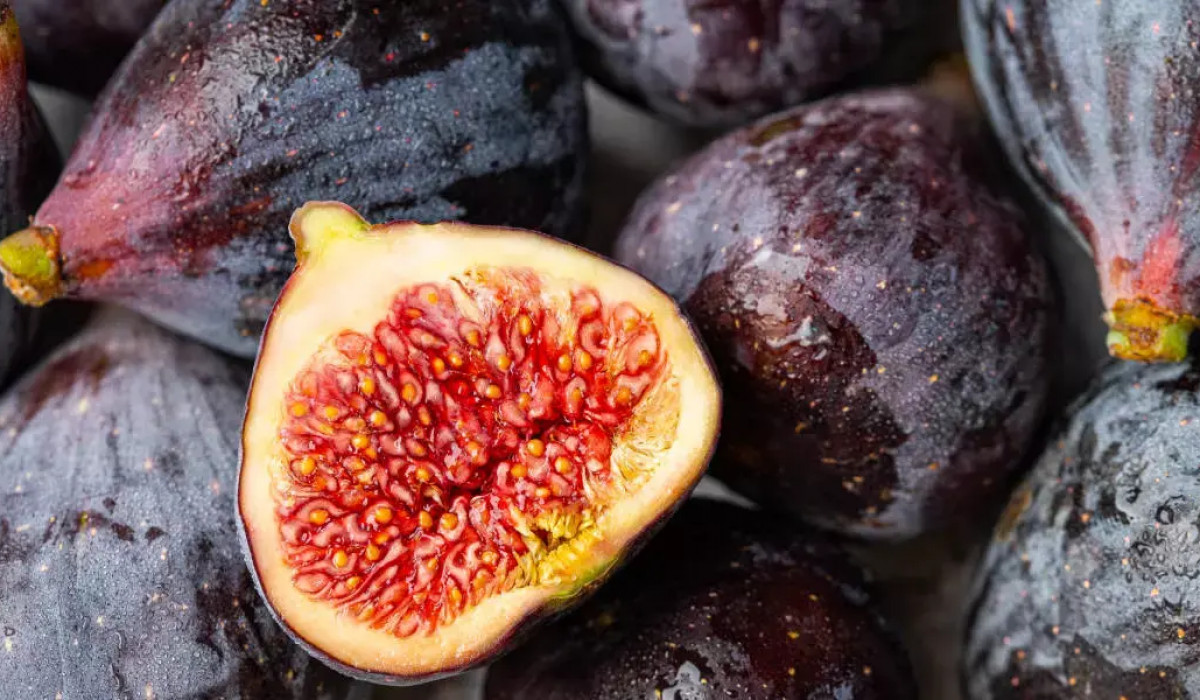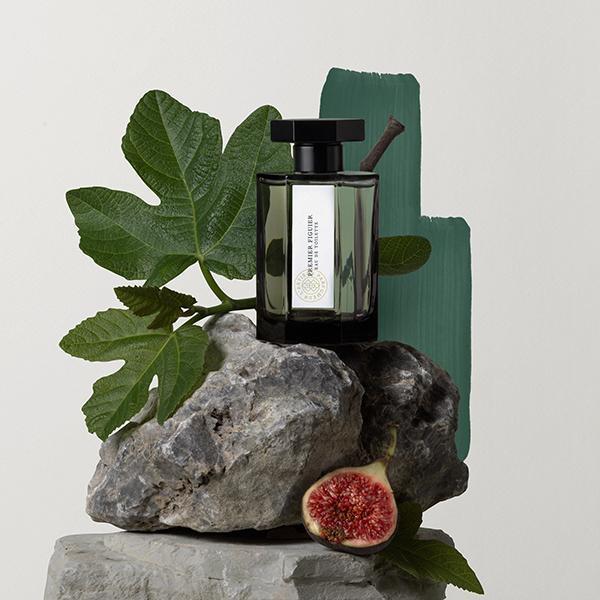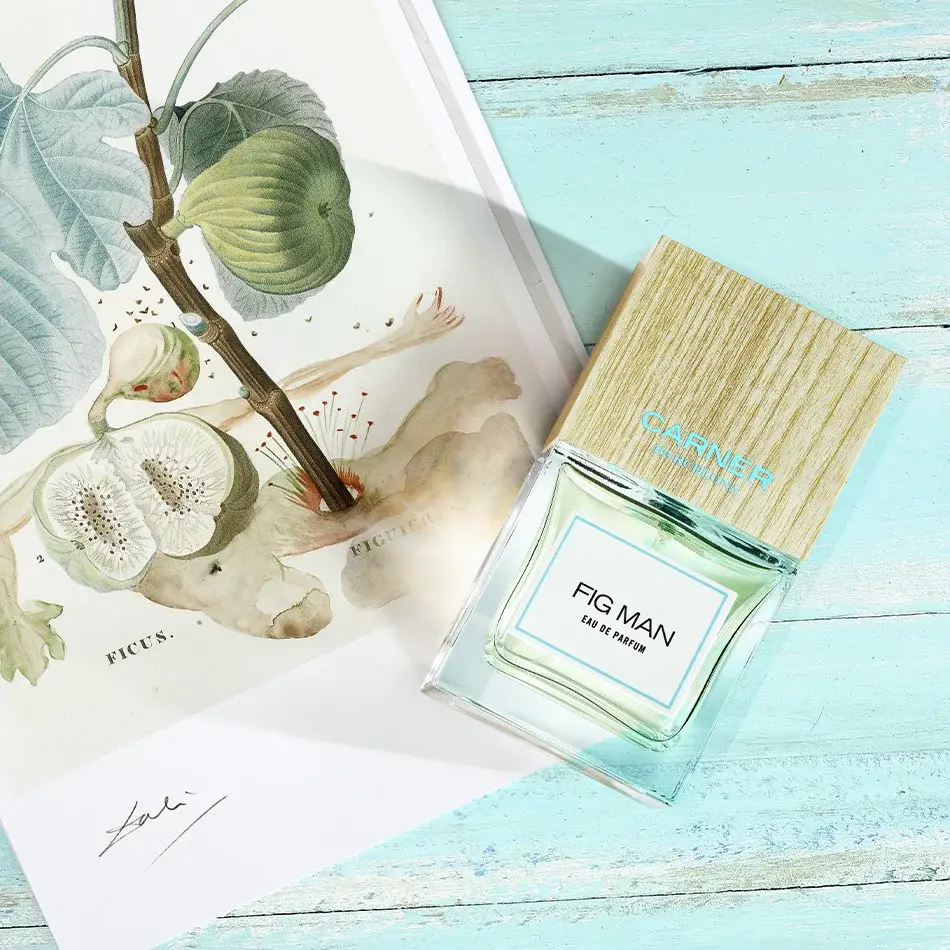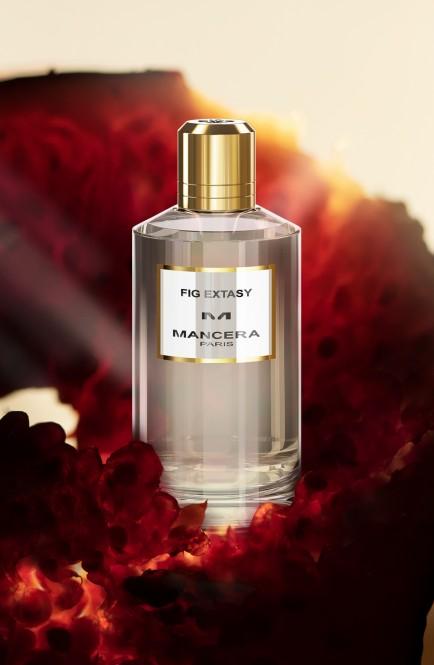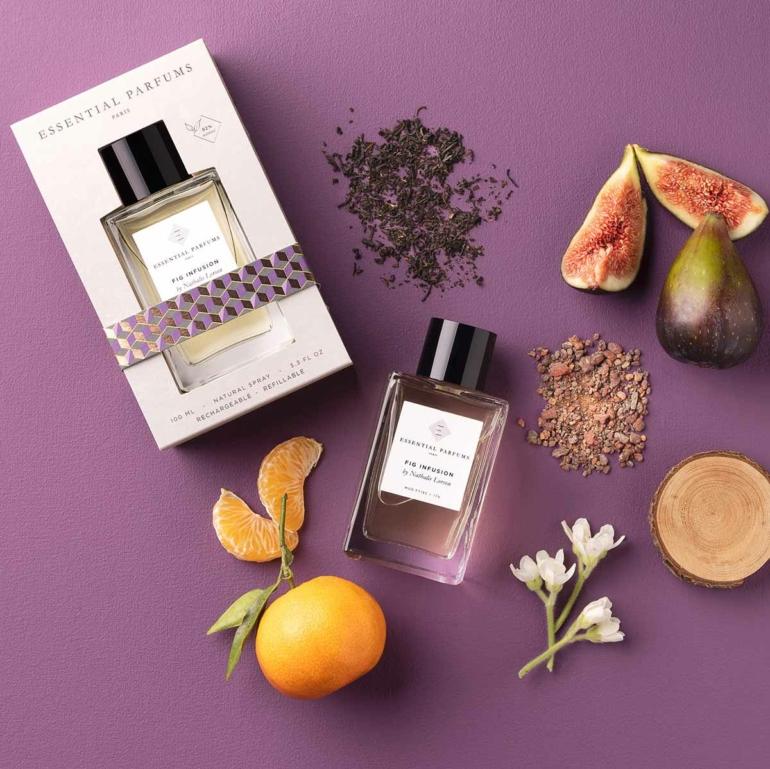Olfactory Ode to Figue
- Posted by: angeli.krohmal
One of the most fashionable olfactory notes in the world of perfumery in recent seasons has been figs - a rather unusual and certainly not banal fruit with a special, unlike anything else smell and taste. It can sound both sweet and juicy, reminding of dried fruits, as well as slightly dusty or with bright herbaceousness. In perfumes, there are both notes of the fruit itself, as well as aromas of the leaf and the whole plant. We present you a small selection of non-trivial perfumes with a note of fig.
Fruit fragrances do not move from the first places in the rating of the most popular perfume trends. Sweet, sour, fresh, juicy dessert notes lift the mood, set on a positive wave, relax and give dreaminess and optimism. But we're all used to citrus, berries, apples, plums, peaches and even mango - and it doesn't seem unusual or impressive anymore. If you are a fan of juicy sound and at the same time you want something extraordinary and memorable - we have such a fruit. And that's the fig.
Figs, or ficus carica, can really be called one of the most unusual fruits that people eat. At the same time, figs have been known to mankind almost since the beginning of the world, and they were cultivated before our era. The first geographical finds of figs were in Asia Minor, then gradually the plant became widespread in subtropical climates, and came to America in the era of the great geographical discoveries of the 16th century.
It is a plant that is both shrub-like and a small tree with large leaves that resemble monstera and rhubarb. Figs are a relative of the ficus, and this is one of the reasons why it is difficult to say to which species to attribute the fruit. However, we are used to thinking of these round "spouted" figs as fruits. All its unusual appearance figs display both in taste and smell. It can be eaten with the skin, which, by the way, has a more expressive flavor than the pulp. The flesh is surprising - small poppy-like grains and a dull red core with a flavor that is difficult to describe. According to some legends, figs were the forbidden fruit in the Garden of Eden, not the apple, because Adam and Eve used fig leaves as "clothing".

In cooking figs occupy an honorable place, being a universal ingredient. It can easily be found both in salads together with tuna or dried meat, and in creamy cheesecake or smoothies. Dried figs retain most of their beneficial properties, and there are many of them: zinc, manganese, phosphorus, potassium, vitamins A, B, K - and this is an incomplete list of precious elements for the human body. Its’ only gastronomic disadvantage is rather high sucrose content.
What is surprising is that all parts of the plant have characteristic aromas, so it is not only the fruit itself that can be found in perfume pyramids.
The leaves and bark of the branches and trunk have an expressive odor that cannot be confused with anything - it is dry, dusty, a little green and at the same time a little lactone without sweetness.
The fruit, of course, has the brightest and most appealing aroma profile: there's a coconut note (but not pastry coconut, but a fresh nut with water inside),some unsweetened cream, a little bit of musk, some peach or even apricot and an abstract fruity background. Most notably, figs in perfumery are never hyper sweet or candied, they are rarely depicted as dried fruit in perfumes.

Figs often act as a central note in the pyramid of a fragrance, but also often become an olfactory background for other notes of the composition. The natural absolute of fig leaves has been banned in perfumery because of its content of some dangerous chemical compounds, but artificial analogs are made very accurately.
In 2024, the main perfume creation dedicated to figs - Premier Figuier L'Artisan Parfumeur by Olivia Giacobetti - will be 30 years old. The girl looked for inspiration from nature, of course, and in her memories of childhood. This perfume fully describes the whole plant - the fruit itself with its coconut and milky tones, the woody component and leaves. A little later she created a similar fragrance with this note - Philosykos for Diptyque, another niche brand.In this perfume an independent fig chord is realized, not just a separate note. It was from the Philosykos fragrance that other perfumers for other brands began to take the example. Initially, in the 90s, the perfume community was skeptical of the idea, but Olivia was right and became the founder of this micro-direction in fragrance compositions. Today it is difficult to find a brand that does not have at least one perfume with figs at least in a secondary role.

Fig is harmoniously integrated into almost any olfactory family, but it cannot be replaced. This note gives a unique character to each direction. Fig has 2 main facets: green, herbaceous and sweet, fruity and milky. Figs sound great together with those notes, the shades of which are present in it itself. The classic pairing is fig-coconut, in which you can accentuate the sweeter, fresher or milky side. This way the flavors are tropical, but not too sugary, but rather light dessert flavors.
Fig leaf is a kind of unique representative of the green sound, refreshing but not too bitter and very recognizable. Its dusty aspect connects perfectly with notes like patchouli, cedar or lavender. Such compositions sound especially good on men, which will allow you to stand out among the crowd of one-size-fits-all male profiles.
Fig is also well combined with colors, but not too classic. The most ideal option will be a tandem with those colors that mimic the feel of powder or grooming products. These can be iris, violet, gardenia. We recommend trying Promenade des Anglais by Guerlain, which is not often seen, but therefore no less beautiful.
Figs make friends with fruits, citrus and berries very well. A vivid example is Byredo Pulp, in which you can feel a whole basket of fruits and berries: bergamot, red apples, peaches and their blossoms.
We can say that figs have become a trend, although it took a long time to reach the pinnacle of its fame. It is a non-trivial, non-standard, for many unfamiliar themes in fragrances.
What other notes can you pay attention to when choosing a perfume to sound innovative and accurately collect compliments and questions about the fragrance?

Matcha
Tea in perfumery is nothing new. It is enough to remember a rather large collection of famous Elizabeth Arden teas. However, a few years ago the beverage industry was conquered by a special matcha tea with its unlike anything else taste and pleasant pistachio color. The perfume industry quickly realized the potential of such a note and gradually introduced matcha into the trends. One of the most beautiful fragrances on the theme of this unusual tea we consider Le Labo The Matcha 26. We remembered this perfume not by chance - in a rather laconic pyramid the main notes are just figs and matcha itself. This is a great perfume for every day, for the office or for important events, strict, restrained, but very modern.
Hemp
The forbidden always beckons us. And since there are no strict moral laws in perfumery, the plant, with which many problems are associated, was gladly involved. Hemp in perfumes has quite a few different facets: from just green grassy aspects, somewhat reminiscent of hay, to that very forbidden substance. It can also be heard in woody and oriental compositions, hemp is perfectly combined with agarwood, incense and other components.
Caviar
Yes, yes, you are not wrong, the caviar note was announced back in the famous and no longer available Mugler Womanity perfume. This solution is an alternative to the usual aquatic direction, a saltier version of the watery feel of the perfume. More recently, a novelty in the luxury world was released - Burberry Goddess, where they created a balance of sweet vanilla and salty caviar.

Editor's Notes:
Don't be modest and choose to try fragrances from brands or trends that you are not usually familiar with, you are sure to be surprised and delighted.
More often than not, perfumers do not take risks and play up even the most bizarre and atypical notes in such a way that they can be worn. Shocking fragrances are inherent only in rare niche brands, for whom their works are art objects, not functional things.
To understand how much you like a particular note, try it in real form: buy a bouquet of gardenias, scrutinize the aroma of pear, walk along the coast and smell the driftwood thrown by the waves. Perfumery is a reflection of what nature has already created.
If you want something unusual because the simple fruits in perfumes no longer surprise with their sound, then pay your attention to fig - you will definitely be asked the name of your perfume.




